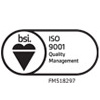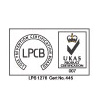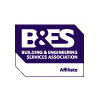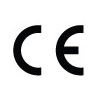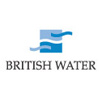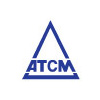Particular stages of HydroTank drinking water storage tanks installation:
- Preparing the necessary measurements, designing the drinking water tank, selecting the most effective materials. In addition, it is possible to develop a project of the foundation ground (after the client appropriate geotechnical measurements of the ground) where the tank will be placed.
- Transporting materials, ground preparing and leveling of the ground under the reinforced concrete slab, on which the tank will be installed.
- Geometrical circuit calculation for steel panels, including mathematical calculation for the center of each tank on the foundation.
- Installing the first ring of steel panels of a minimum thickness of 2,5 mm, twisted in vertical single or double row of bolts of strength class 8.8.., it ends with stiffening clamping ring. Next, the rings are sealed with polyurethane adhesive and Sikaflex sealant.
- Installing the roof structure covered with a suitable corrosion resistant material.
- Adjusting hydraulic lifts on the foundation.
- The next step of installing the ring of steel panels. (The panels are installed until the desired height is obtained).
- Installing the vent on the roof that regulates the pressure inside the tank.
- Installing water level sensors.
- Providing thermal insulation of walls and roof by using mineral wool. From the outside of the rings, the wool is being protected by mounting the coated trapezoidal sheet, while the roof structure is covered with water-proof OSB boards of 0.70 mm.
- Constructing technological pipelines of the tank:
- filling pipeline
- suction ports
- blowdown connection with a valve that supports water drainage;
- overflow pipe for efficient drainage of excess water;
- ladder with galvanized steel elements;
- inspection hatches;
- platform with protective barrier;
- Attaching the tank to the concrete slab by using TT12120 anchor bolts.
- Finishing the work relating to installing the tank along with the implementation of retrofitting (on request).
- Testing the equipment and tightness of the drinking water storage tank.
- Transferring technical documentation, along with certificates, warranty card and instruction manual.

